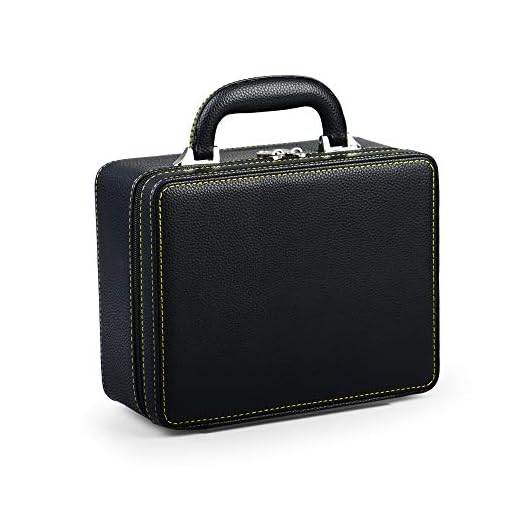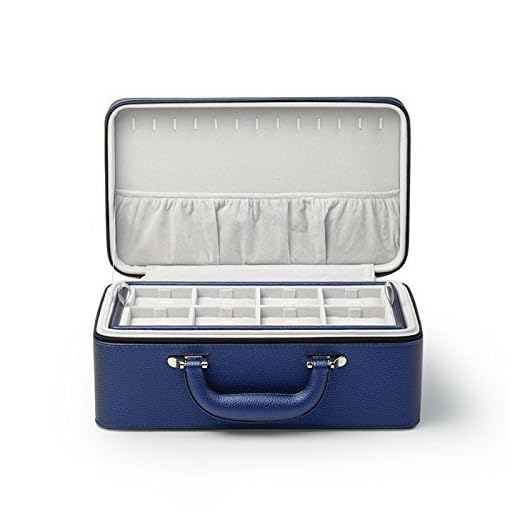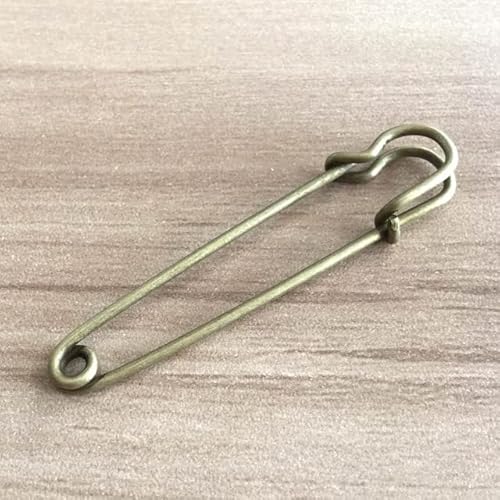





Recommendation: store rings, necklaces, watches and loose gemstones in a carry-on bag or on the body. US Transportation Security Administration guidance and major carriers advise against placing valuables in checked baggage. Liability for lost or damaged items in checked bags is limited: international travel falls under the Montreal Convention (1,288 SDR – approximately $1,600–$1,800 USD depending on exchange rates), while many US domestic carriers cap compensation at roughly $3,800 USD; individual airline contracts often set lower limits. If declared value exceeds these amounts, obtain separate coverage from a travel insurer or the carrier’s declared-value option prior to departure.
If checked transport of a valuable item is unavoidable, follow layered safeguards: place items inside a small hard-sided case, wrap that case in clothing and hide within the suitcase interior (avoid obvious jewelry pouches), use tamper-evident seals or numbered cable ties on zippers, photograph every item with a dated card, keep serial numbers and appraisals in a separate carry-on document folder, and scan receipts to secure cloud copies. File a written declaration with the airline at check-in only if the carrier’s contract of carriage explicitly permits declared high-value shipments; otherwise assume standard liability limits apply.
For international crossings and high-value consignments consider alternative solutions: temporary export documentation or ATA Carnet for commercial pieces, courier services specializing in valuables, or insured registered shipping. Distribute small items among travelling companions and wear at least one inconspicuous piece during transit. Before departure, obtain professional appraisals, add item descriptions to the insurance policy, and confirm carrier policy details by phone or in writing to ensure coverage matches declared worth.
Storing high-value items in checked bags: clear recommendation
Avoid leaving high-value items in checked bags; carry them in cabin carry-on or keep on-body during the entire trip.
Packing method: place delicate pieces in a small, hard-sided case inside the carry bag, wrap each item in soft cloth to prevent scratching, and store cases in an interior zip pocket rather than an external compartment.
Locks and security: secure all carry baggage with a TSA-approved lock; consult this best luggage combination lock brand guide for reliable models and combinations that resist tampering without blocking TSA access.
Documentation: photograph every item from multiple angles, record serial numbers and appraisals, keep scanned receipts in cloud storage and an offline copy on a phone. These materials accelerate claims and police reports if loss or theft occurs.
Insurance and airline policies: verify carrier liability limits for checked baggage before travel; if an item’s appraised value exceeds that limit, purchase supplemental travel insurance or a scheduled personal articles policy that explicitly covers precious items for their full appraised value.
If relocation of valuables into cabin is impossible: split pieces across carry and personal items, conceal in inner pockets or money belts, and consider a discreet travel safe worn under clothing. For secure carry options, review this best everyday backpack for men roundup for backpacks with lockable compartments and hidden pockets.
On arrival and claims: inspect checked bags at the claim area before leaving the airport; if tampering or loss is detected, file a report with the airline and police immediately and submit photographic evidence and proof of value when opening an insurance claim.
Which airlines and security rules permit valuables in hold baggage?
Recommendation: High-value items – rings, watches, loose gemstones, heirloom pieces – should travel in cabin baggage; placing them in the aircraft hold is allowed by most regulators but exposes items to limited carrier liability and screening procedures.
Regulatory position (United States, European Union, international)
U.S. Transportation Security Administration (TSA) and European aviation authorities permit precious items to be stowed in the hold, yet both advise cabin carriage whenever possible. Security screening of checked bags may result in opened bags for inspection; fragile cases or soft pouches can be damaged or lost during handling. For international carriage, the Montreal Convention limits carrier liability for checked baggage loss or damage to 1,288 SDR (Special Drawing Rights) per passenger – passengers wishing higher compensation must declare value or buy separate insurance.
Airline practices and wording to watch for
Most major carriers (examples: American Airlines, Delta Air Lines, United Airlines, British Airways, Lufthansa, Emirates) do not expressly ban placing valuables in hold space but explicitly recommend against it and often list “valuables,” “cash,” “negotiable instruments” or “precious items” among things that should not be checked. Many carriers’ conditions of carriage also state maximum liability amounts for checked items and provide a declared-value option or third-party insurance guidance for high-value shipments. Low-cost or regional operators may have stricter language or fixed limits in their contract of carriage.
Search each carrier’s website for the terms “conditions of carriage,” “baggage liability,” and “items not accepted in registered/checked baggage” to confirm rules and any fees for declared value. If a declared-value option exists, follow the carrier’s procedure exactly (form, fee, receipts) to qualify for higher reimbursement.
Packed-in-the-hold checklist: photograph items and serial numbers; keep original receipts; use a rigid, lockable hard case; secure valuables inside inner pockets or tamper-evident pouches; place value declarations and insurance documentation in a separate carry document. When insurance is used, confirm coverage excludes handling damage vs. total loss and that coverage applies for the specific countries on the itinerary.
Packing tips to protect jewelry from damage and theft in checked bags
Primary recommendation: keep high-value pieces in carry-on; when transfer to checked bags is unavoidable, obtain declared-value coverage and photograph serial numbers and appraisals before departure.
Use a small hard-sided lockable case (aluminum or polycarbonate) with custom foam or padded inserts; wrap each piece in microfiber or anti-tarnish cloth, secure necklaces by threading the chain through a slit in cardboard to prevent tangling, and store earrings and studs in pillboxes or foam earring cards.
Place the locked case in the suitcase center, surrounded by bulky garments to absorb impact; conceal inside a shoe cavity or an internal zip pocket rather than outer compartments; avoid external labels that hint at contents.
Apply tamper-evident zip ties or numbered security seals to main zippers and photograph bag condition and seal numbers at check-in; note that security or airline personnel may remove seals during inspections–retain photo evidence for claims.
Verify the carrier’s contract of carriage for liability limits on checked baggage; purchase travel insurance with a scheduled-article endorsement if necessary to cover full appraised value; keep original receipts, appraisals and serial numbers in carry-on and upload copies to secure cloud storage.
Install a discreet Bluetooth/GPS tracker that complies with airline battery regulations (avoid spare lithium batteries in checked baggage); place a duplicate inventory and contact information inside both the locked case and the suitcase interior.
If damage or loss occurs, obtain a police report and file an airline baggage claim immediately; for international travel under the Montreal Convention, damage must be reported within 7 days and delay within 21 days–retain photos, receipts and repair estimates to support claims.
Declare, document and insure high-value pieces in hold baggage
Declare high-value pieces at check-in and purchase the carrier’s excess valuation or declared-value option before handing over the bag.
Prepare thorough documentation before travel
Assemble a single claims packet with: original sales receipts, gemological certificates (GIA/IGI or equivalent), an independent written appraisal with date and appraiser contact, serial numbers or maker’s marks, and high-resolution photos of each item from multiple angles with a ruler or coin for scale. Create a short written inventory describing metal, gemstone(s), weight, and condition for every piece.
Record a time-stamped video showing items and their packaging being placed into the bag; upload photos, scans and the video to a cloud account and email copies to a separate address for off-site backup. Carry photocopies or digital copies in hand baggage and leave one copy with a trusted contact at home.
Insurance and carrier liability – concrete steps
Review existing homeowner/renter policies for scheduled personal property clauses: most standard policies cover transit only when items are scheduled; unscheduled limits for valuables in checked/hold bags commonly range from $500 to $2,000. Schedule items (also called a rider or floater) to obtain full agreed value – typical premium is about 1–3% of declared value annually, or a per-trip endorsement available from some insurers.
Buy travel insurance that explicitly covers high-value items in hold baggage only if the policy wording lists checked-bag coverage; many travel policies exclude or limit coverage for valuable items placed in hold. If carrier offers declared-value protection at check-in, purchase it to raise airline liability above international treaty limits (Montreal Convention baggage liability ≈ 1,288 SDR – roughly US$1,700–1,900 depending on exchange rates). Verify current SDR conversion and the carrier’s maximum declared-value option and fees.
If loss, theft or damage occurs: obtain a Property Irregularity Report (PIR) from the airline at the airport, keep baggage tags and boarding pass, file a written claim with the carrier within their deadlines (typically 7 days for damage, 21 days for delay/loss – confirm with the carrier), and file a police report when theft is suspected. Submit insurer claims immediately with the PIR, police report, original receipts/appraisals, photos and any repair estimates; keep all correspondence and claim reference numbers.
For international movement, declare items to customs when required and carry proof of prior ownership or export documentation to avoid import duties on return. When in doubt, obtain a written customs certificate or temporary admission paperwork at departure.
Quick checklist to place in hand baggage and cloud before travel: sales receipts, certificates, independent appraisal, serial numbers/list, high-res photos and stamped video, emailed backup, policy numbers and insurer contact, carrier declared-value receipt, and contact for the appraiser.
When to choose carry-on over checked baggage for high-value items
Always keep high-value items in cabin carry-on if total retail value exceeds $2,000, items are irreplaceable, or arrival requires immediate use (sales, events, repairs).
Value-based thresholds
- Under $500: checked baggage acceptable for replaceable, non-fragile pieces if insurer permits; keep receipts and photos.
- $500–$2,000: strong preference for cabin carriage; checked transport increases risk of loss and claim disputes.
- Above $2,000: carry in hand luggage; many carriers’ liability limits and standard insurance policies will not cover full loss if stored in the hold.
- Above $10,000: treat as restricted high-value cargo – carry-on plus advance notification to insurer and customs where required.
- Liability note: international airline liability for checked items is governed by the Montreal Convention (1,288 SDR); convert SDR to local currency at current rate before travel.
Situations that favor cabin carriage
- Multiple connections or tight transfer times: checked bags face higher misconnect risk.
- Destinations with elevated baggage theft or poor handling statistics.
- Fragile settings (delicate stones, thin chains) where rough handling will likely cause damage.
- Policies that exclude coverage for items stored in the hold – consult insurer wording before travel.
- Immediate post-arrival requirements (weddings, client deliveries, exhibitions).
- When customs, export permits or temporary import paperwork must be produced on arrival.
- Transporting other regulated carry items (example: drones) that have special cabin/hold rules – see are drones allowed on planes.
Quick decision checklist before departure:
- Calculate total retail/value and compare to insurer and carrier limits.
- Assess route complexity (connections, overnight transfers, known theft hotspots).
- If value or fragility triggers any threshold above, allocate to cabin and keep on person when possible.
- Split multiple pieces between travellers when feasible to reduce single-loss exposure.
- Carry photos, serial numbers, appraisals and policy references in cabin documentation.







